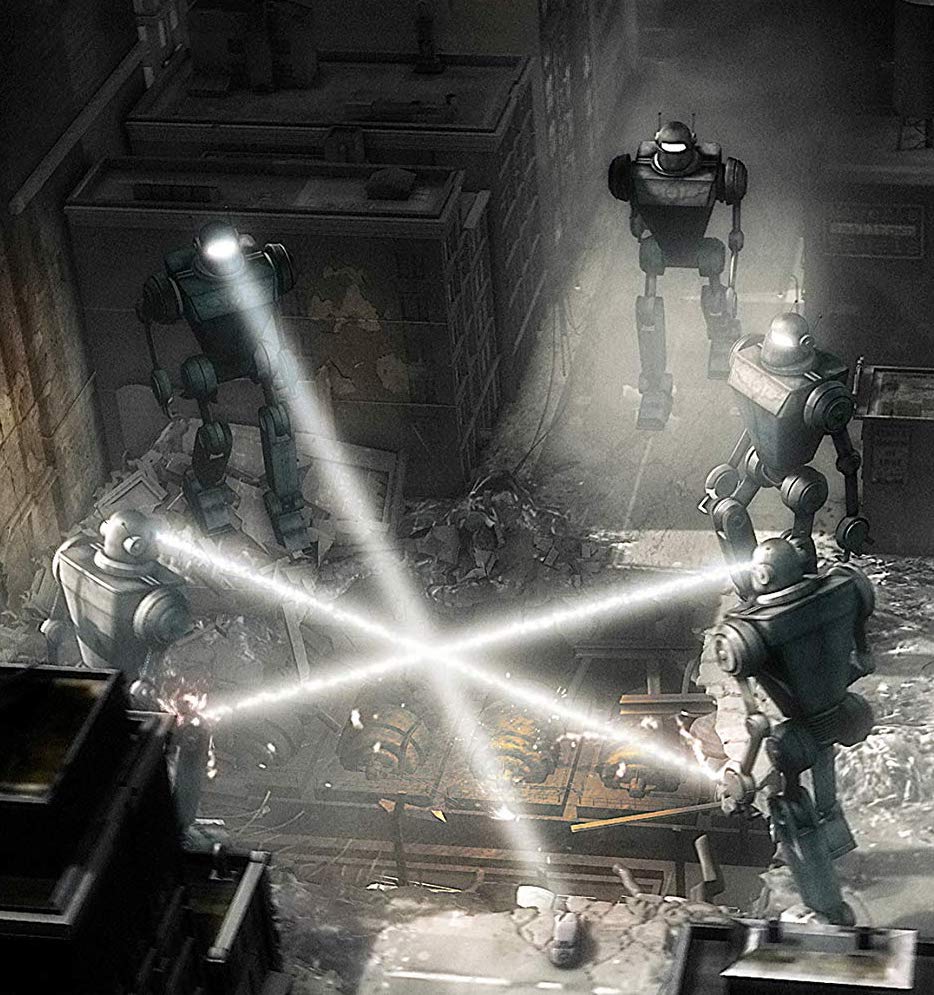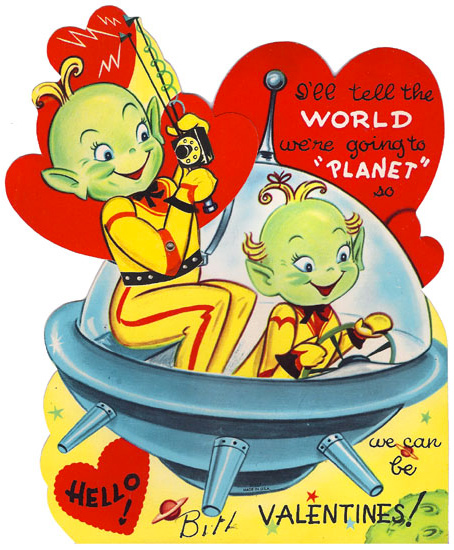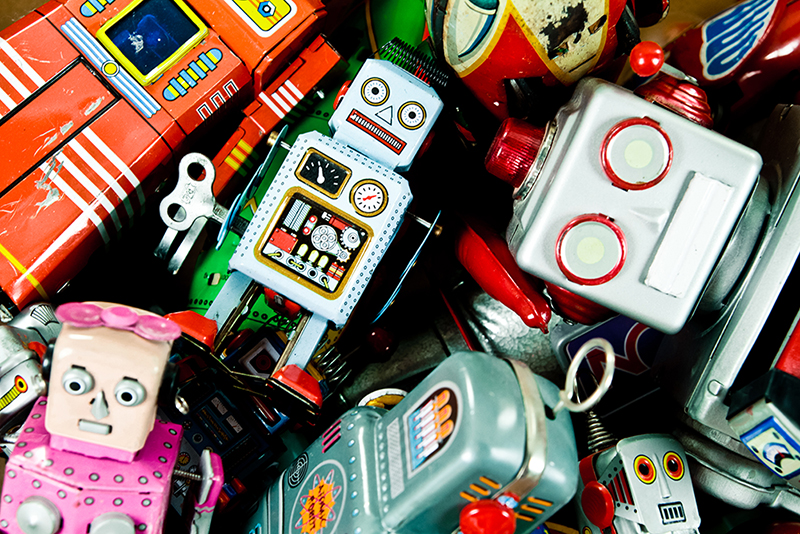Here is an interesting short film I found on Youtube recently. Originally released in 1967, the short film “1999 A.D.” was released by the Philco-Ford Corporation for their 75th anniversary and it predicts the future of technology in the home. These videos are always a lot of fun to compare how close the predictions are to real life. I also enjoy seeing the retrofuturist visions of technology, especially from the 1950s and 1960s.
Check out the video and I’ll recap some of my favorite of their predictions below.
The video starts with a quaint beach scene of a mother and son (and some disconcerting horror-movie music), to set the time and also the new modular homes of the future. Kind of an odd opening, especially with such a dramatic reveal of what the year is. I don’t know how this film was originally presented to consumers, but I imagine they had some idea what they were getting themselves into.
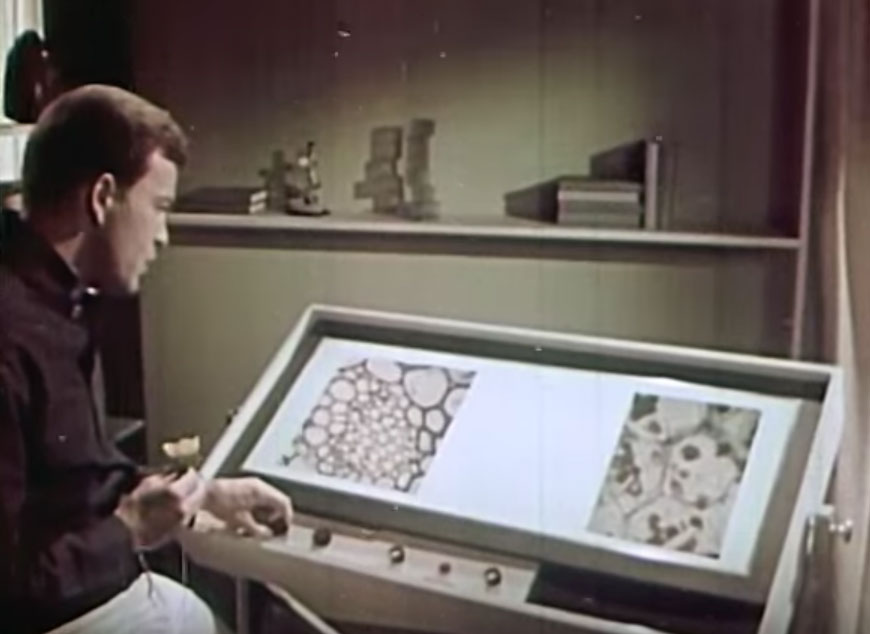
When we go back home, we meet this father who uses an electronic workbench to pull up photographs saved in the central home computer. It’s very similar to the PCs of 1999, except the central computer is massive and takes up its own module in the home.
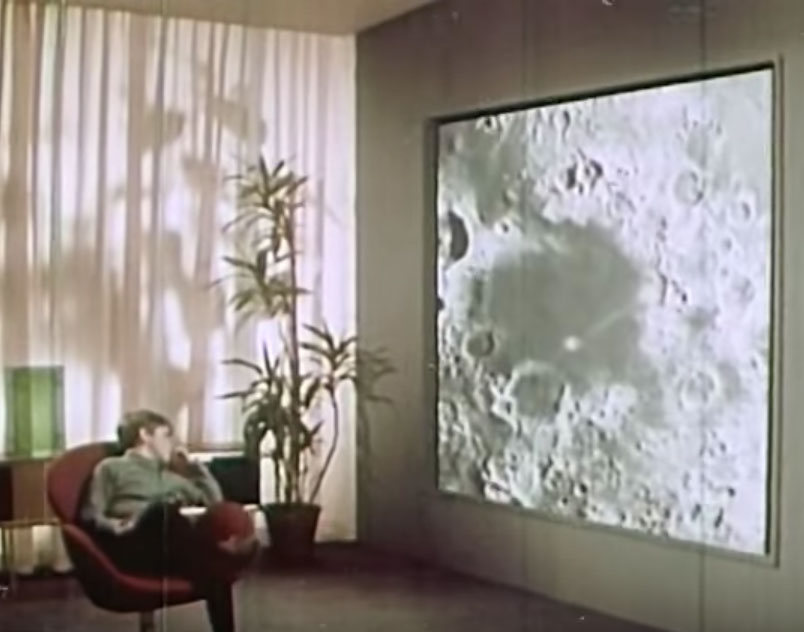
The house is, of course, outfitted with a wall-sized TV screen, used to watch videos as a part of the child James’s education in the “Education Center.”
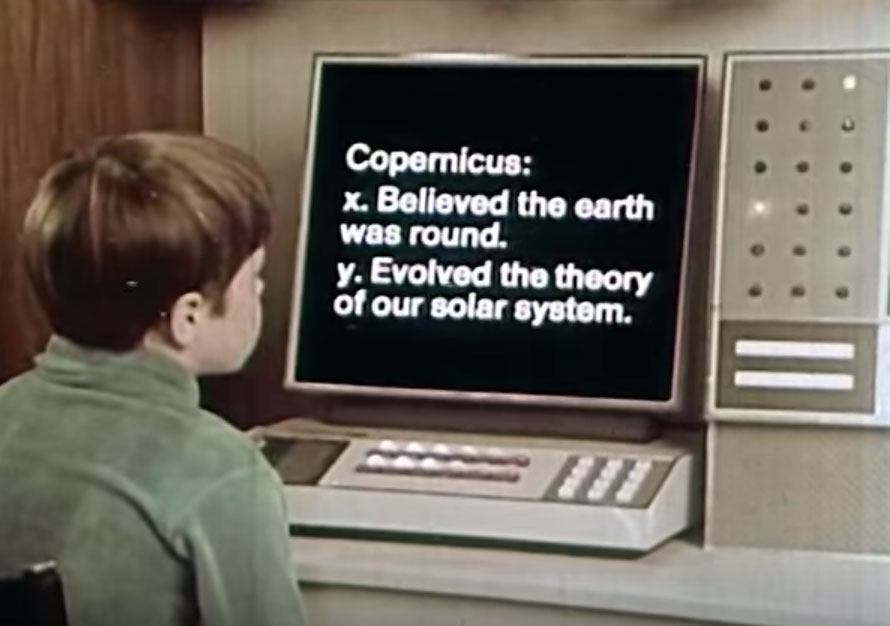
James also has a “teaching machine” which looks similar to PCs you would find in the late 90s, so they’ve definitely got that prediction right. He also uses a similar–but different!–PC looking machine to watch cartoons.
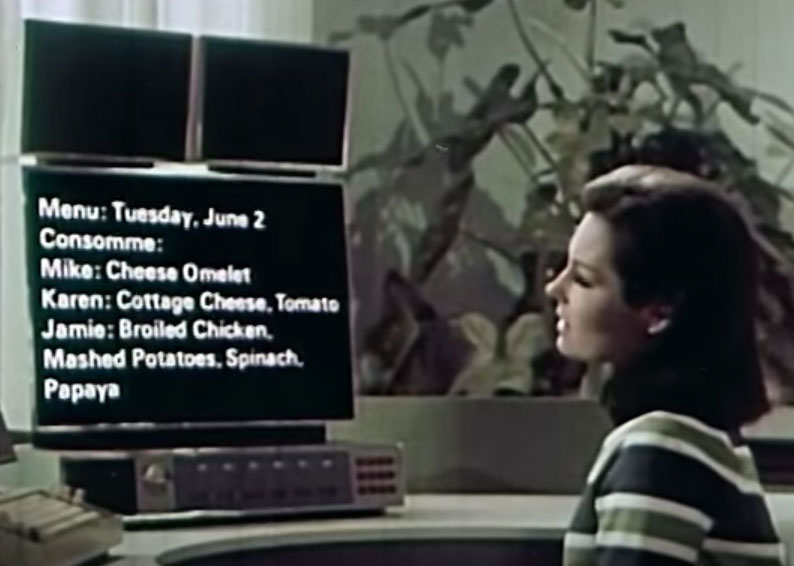
The mother of this family, Karen, seems to be a stay at home mom. Luckily she has her own computer in the kitchen to help her with the task of managing meals for the family. Check out the menu for Tuesday. I guess Mom is on a diet?
The two screens above are for video chatting with her husband and son who are elsewhere in the house and pretty demanding about what they have for lunch. The computer has a nice feature where it monitors everyone’s calorie allotment for the day and recommends roast beef as an alternative to a cheeseburger for Dad.
Cooking seems to be an easy task at least, which involves pushing a lot of buttons and then dishing the food out and taking it to the table. They predict that at the turn of the century, most food will be frozen and in individual portions. With Lean Cuisine and other frozen dinners, I’d say they were right on the money with that prediction.
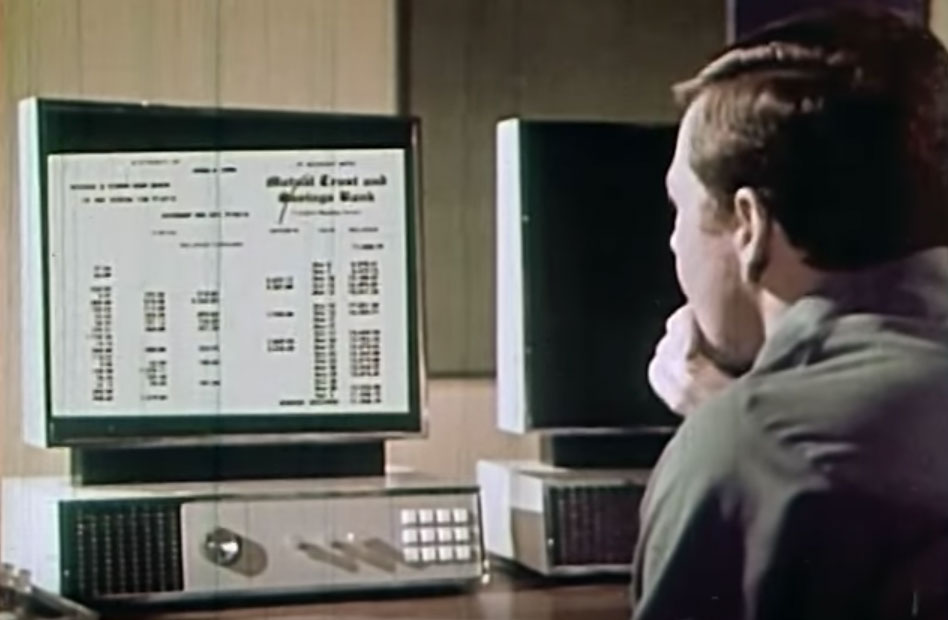
Dad has another computer, which he uses to monitor their finances and keep tabs of all the things Mom buys on her computer (which displays images from her favorite stores so she can order things with the click of a button). He also has an “electronic correspondence machine” which allows him to hand write a letter that will be electronically sent to the receiver. But, of course, this is a separate machine from the computer that does the finances.
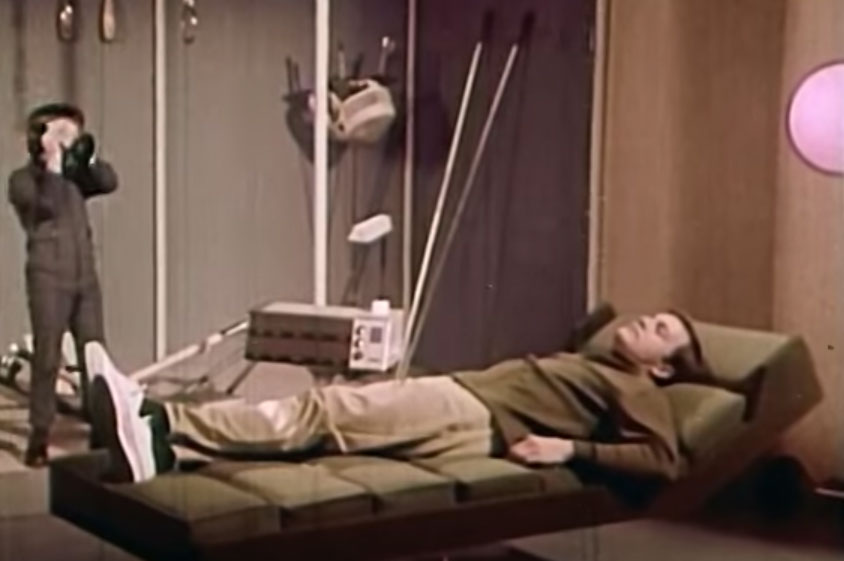
One prediction that definitely hasn’t come to fruition is the home health center. While many people have fitness equipment in their homes, we don’t have the medical couch that scans your body as a part of a preventative health analysis. It then provides a recommended exercise routine to maintain ideal weight.
Overall, this is a very interesting vision of the future home. A lot of the predictions are very close to technology we had by 1999, including personal computers, frozen dinners, and online shopping and banking. It was interesting to see how they thought we’d need to have a separate computer console for each task, rather than one home PC like many homes had in 1999. And now we can do all of those things on our phones. It’s a nice look back at the past, especially because the clothing and the furniture aren’t too futuristic, so it still has that late 1960s feel.
